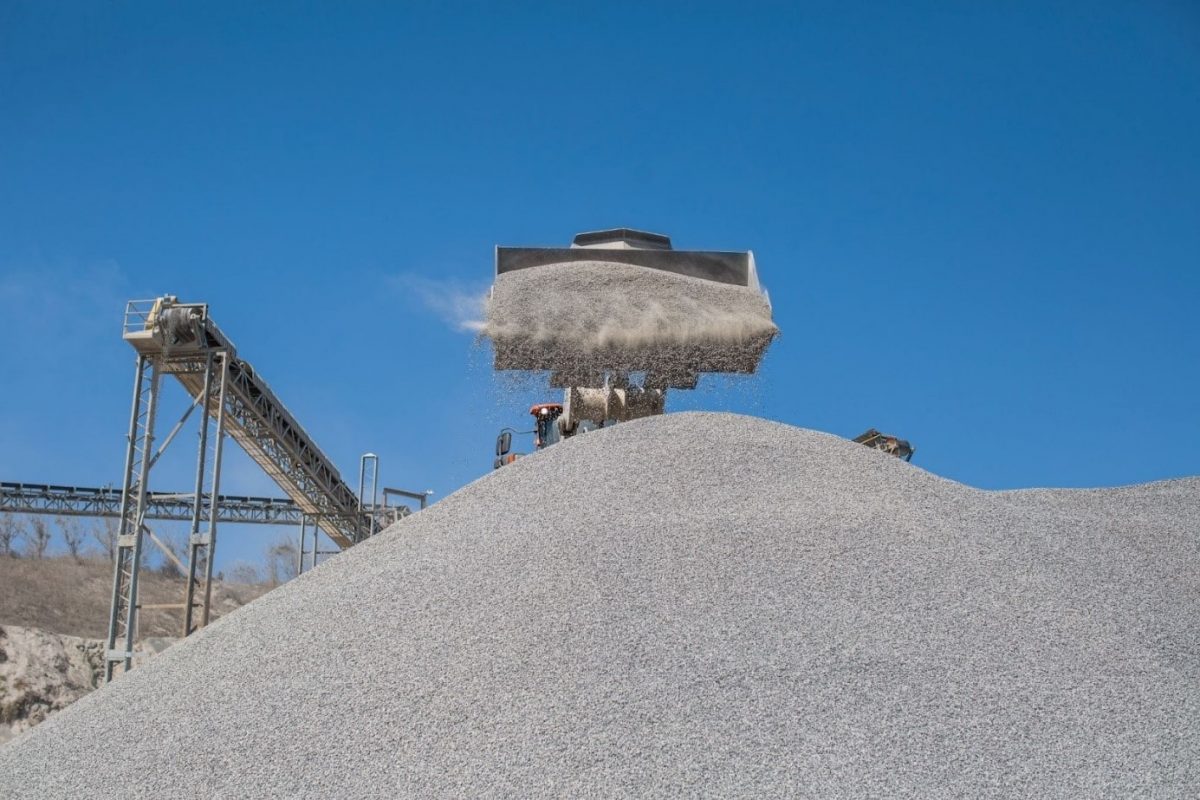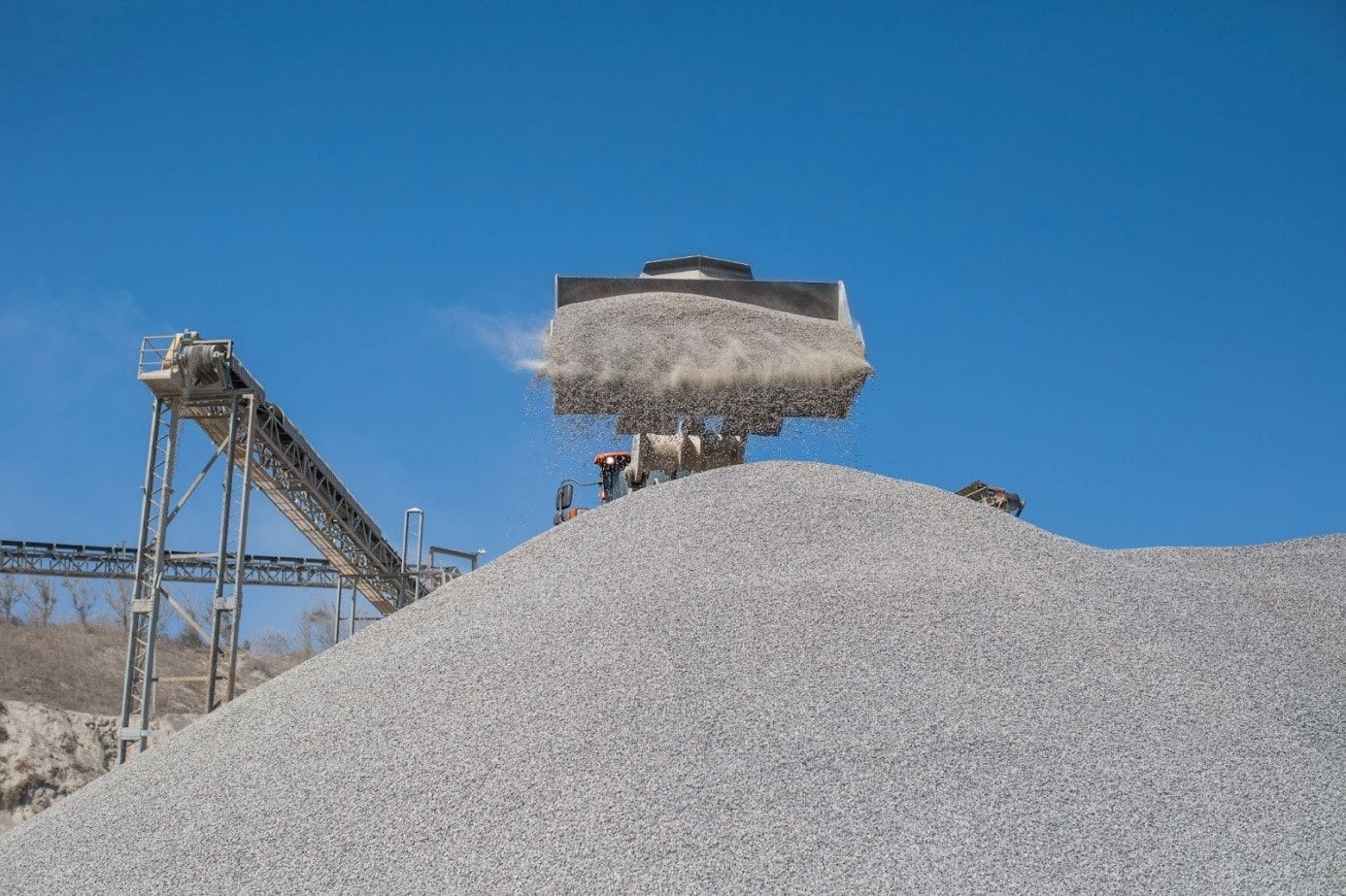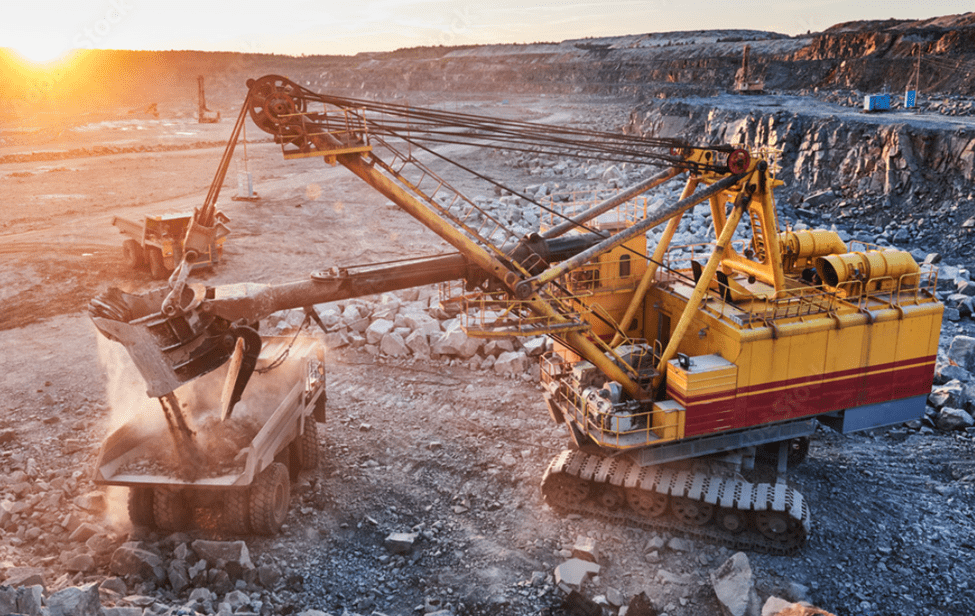In the realm of industrial minerals mining, managing and controlling dust is a paramount concern. Not only does effective dust control safeguard the health and safety of workers, but it also bolsters operational efficiency and compliance with environmental regulations. The “Dust Control Handbook for Industrial Minerals Mining and Processing” by NIOSH offers an in-depth guide on best practices. This blog explores these strategies, emphasizing their significance and implementation in the mining sector.
Embracing the Hierarchy of Controls
Elimination and Substitution: The First Line of Defense
At the top of the hierarchy, elimination and substitution are the most effective means to control dust. This involves rethinking mining processes to either remove the source of dust or replace it with less dusty alternatives. While total elimination might be challenging, incremental changes can significantly reduce dust generation.
Engineering Controls: Innovative Solutions
Engineering controls are essential in modifying equipment and processes to minimize dust. This includes the installation of dust collection systems, using water sprays to suppress dust at its source, and incorporating sealed conveyor systems. Such measures require careful planning and consideration of the specific dust-producing activities in a mining operation.
Advanced Ventilation Systems
A critical component of engineering controls is the development and use of advanced ventilation systems. These systems effectively remove dust from the air, ensuring it doesn’t linger in the work environment. Customized solutions based on the mine’s layout and specific dust challenges are crucial for maximizing effectiveness.
Administrative Controls: Modifying Work Practices
Administrative controls focus on altering how and when tasks are performed to reduce dust exposure. This could include strategies like rotating workers to lower individual exposure times, scheduling high-dust activities during shifts with fewer workers, and ensuring thorough and regular housekeeping to remove dust accumulations.
Training and Awareness
A significant aspect of administrative controls is the continuous training and education of employees. Workers must be aware of the risks associated with dust exposure and understand how to use dust control systems effectively. Regular training sessions can keep this knowledge fresh and help inculcate a safety-first culture in the workplace.
Personal Protective Equipment (PPE): The Last Resort
When other controls can’t fully mitigate dust exposure, PPE becomes critical. The appropriate selection and use of respirators are essential in such scenarios. The type of PPE chosen must correspond to the specific dust hazards present, ensuring maximum protection for workers.
The Best Dust Suppression Solutions
Implementing and Sustaining Effective Dust Control Measures
- Regular Monitoring and Vigilant Maintenance
Implementing dust control measures is just the beginning. Continuous monitoring of dust levels and the regular maintenance of dust control equipment are vital for sustained protection. This includes checking filters, maintaining water spray systems, and ensuring that ventilation systems are functioning optimally.
- The Role of Technology in Dust Monitoring
Advancements in technology have led to more sophisticated dust monitoring tools. These tools can provide real-time data on dust levels, helping to identify problem areas and adjust controls as needed. Investing in such technology can significantly enhance a mine’s ability to manage dust effectively.
- Compliance with Legal Standards
Adherence to legal standards and guidelines for dust control is not only a regulatory requirement but also a commitment to worker safety and environmental stewardship. Understanding and staying updated with these regulations ensures that mining operations meet industry benchmarks for dust control.
Enhanced Guide to Surface Drilling Dust Control
Conclusion: A Holistic Approach to Dust Control
Effective dust control in the mining industry is multifaceted, combining elimination, engineering, administrative strategies, and personal protective equipment. This holistic approach not only ensures the health and safety of the workforce but also enhances operational efficiency and compliance with environmental standards. For those seeking to delve deeper into this topic, the “Dust Control Handbook for Industrial Minerals Mining and Processing” by NIOSH serves as an essential resource, providing comprehensive guidelines and practical solutions.
By prioritizing these strategies, mining companies can create a safer work environment, contribute to the overall health and well-being of their employees, and maintain high operational standards. It’s about creating a culture of safety where every measure, from the most basic administrative control to the most advanced engineering solution, plays a crucial role in mitigating the risks associated with dust in industrial minerals mining. Remember, effective dust control is not just a regulatory requirement; it’s an investment in the future of the mining industry and the protection of its most valuable asset – its people.





